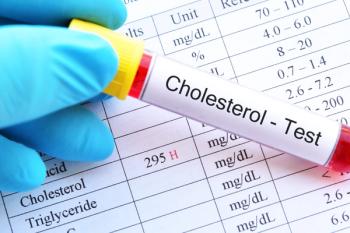
Tip of the Week: Evaluating Technology
Pharmacy managers will need to employ effective decision-making that will include evaluating vendors for post-purchase support, and discern the right time to purchase technology.
In tertiary care settings, many patients must be placed on parenteral nutrition, due to any number of medical, physical, or logistical reasons. The very specific dietary needs of patients, along with the possibility of food-drug interactions and issues around the chemical stability of intravenously delivered compounds make precision, accuracy and efficiency paramount in the prescribing, delivery, and administration of parenteral nutrition.
In the journal Nutrition in Clinical Practice, an article describes emerging technology in parenteral nutrition compounding, with much-needed advances in bar-coded medication preparation systems and in electronic health record (EHR)-to-compounder interfaces. These technology advances have reduced the need for order transcription through use of CPOE, introduced a ‘photo-finish’ check for hand-added ingredients using barcode-assisted medication preparation (BCMP) systems, introduced quality assurance checks with refractometry and laboratory, and incorporated new techniques to detect microorganisms and endotoxins.
In the article, the writer explains how the use of contemporary parenteral admixture systems have reduced errors from 2-3% down to approximately 0.2%, or 2 in every 1000 nutrition bags, and how use of BCMP has not only reduced errors but also turnaround times, from order to preparation, and delivery of nutrition bags, from 52 minutes down to 34 minutes. Refractometry employs the use of a refractive index (ratio of velocity of light to air to the velocity of light in the substance) so as to verify concentrations. There have also been advances in sterility detection, with the newer technology enabling this process to be quicker yet more accurate.
Additionally, the writer reminds the reader that there is still more research to be done and still more technological breakthroughs on the horizon. Pharmacy managers will need to stay abreast of these, as well as employ effective decision-making that will include evaluating vendors for post-purchase support, and discerning the right time to purchase technology with capital budgets, given that there will always be new technological advances. On a personal level, this is akin to the decision to buy a new mobile phone and which upgrade or model to purchase.
These management decisions have to be made in the context of various budgetary incremental improvements or decrements from upper administration of the organization and in keeping with the organization’s broader goals and mission, as it relates to quality assurance initiatives.
Additional information about medication therapy management and management functions can be found in Pharmacy Management: Essentials for All Practice Settings, 5e. You or your institution can subscribe to AccessPharmacy to access the textbook.
Shane P. Desselle, RPh, PhD, FAPhA, Professor of Social/Behavioral Pharmacy at Touro University California.
REFERENCES
Curtis C. Technology in parenteral nutrition compounding. Nutr Clin Pract. 2018;33:796-802.
Newsletter
Stay informed on drug updates, treatment guidelines, and pharmacy practice trends—subscribe to Pharmacy Times for weekly clinical insights.


















































































































































































































